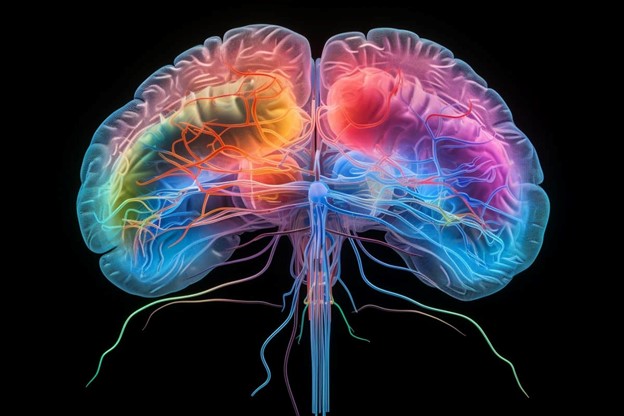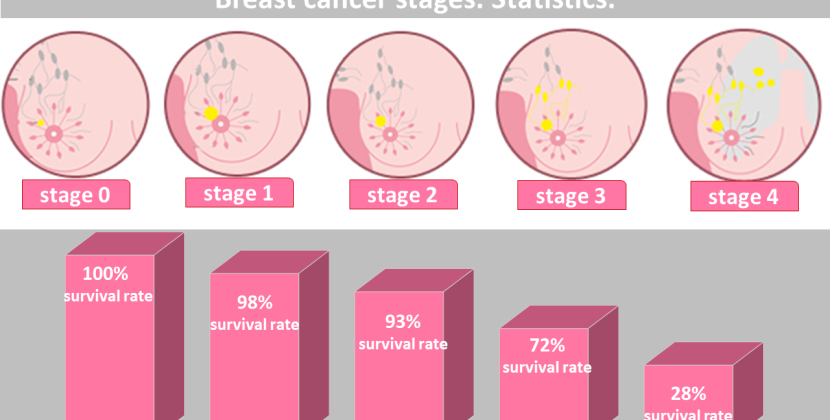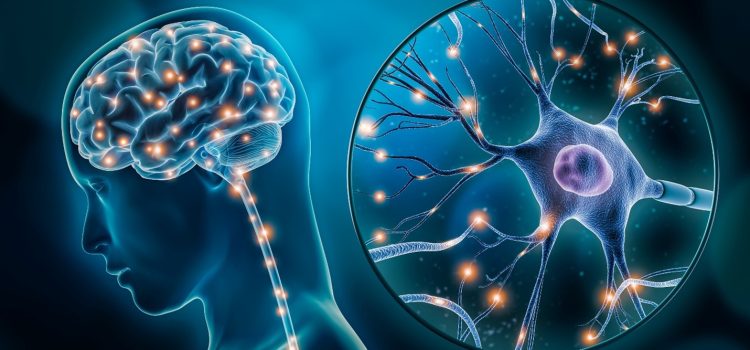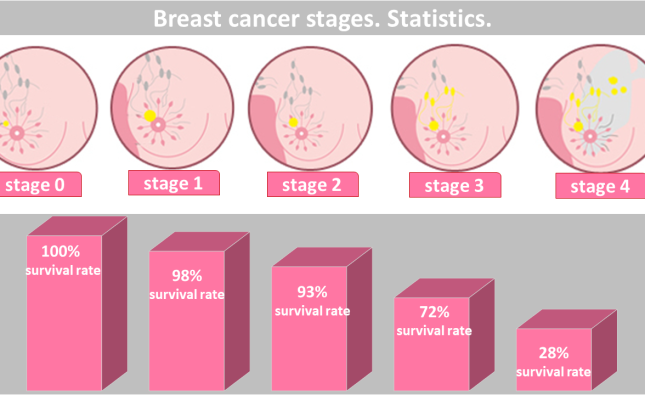
Neurological diseases, encompassing conditions such as Alzheimer’s, Parkinson’s, multiple sclerosis, and epilepsy, present some of the most daunting challenges in modern medicine. These disorders not only affect millions of individuals globally but also place a heavy burden on healthcare systems and caregivers. As the global population ages, the prevalence of these conditions is expected to rise, making the need for effective treatments and cures more urgent than ever. Fortunately, recent advancements in neurological disease research are opening new frontiers, offering hope for better understanding, diagnosis, and treatment of these debilitating conditions.
The Landscape of Neurological Disease Research
Neurological disease research is a multifaceted field that integrates insights from genetics, molecular biology, neuroimaging, and clinical trials. The complexity of the human brain and nervous system necessitates a multidisciplinary approach to unravel the mechanisms underlying neurological disorders. Recent technological advancements and collaborative research efforts are accelerating progress in this field.
Genetic Insights and Precision Medicine
One of the most promising areas in neurological disease research is the application of genetic insights to develop precision medicine approaches. Advances in genomics have enabled researchers to identify genetic mutations and variants associated with various neurological disorders. For example, the discovery of specific gene mutations linked to familial forms of Alzheimer’s and Parkinson’s disease has provided critical insights into the pathogenesis of these conditions.
Precision medicine aims to tailor treatments based on an individual’s genetic makeup, lifestyle, and environmental factors. In neurological disease research, this approach holds the potential to develop personalized therapies that target the underlying genetic causes of diseases. For instance, gene therapy techniques are being explored to correct or replace faulty genes responsible for inherited neurological disorders. While still in the experimental stages, these therapies represent a significant leap forward in the quest for effective treatments.
Neuroimaging and Biomarkers
Advancements in neuroimaging technologies, such as magnetic resonance imaging (MRI), positron emission tomography (PET), and functional MRI (fMRI), have revolutionized neurological disease research. These imaging techniques allow researchers to visualize the structure and function of the brain in unprecedented detail. By identifying abnormalities in brain regions and tracking disease progression, neuroimaging plays a crucial role in diagnosing neurological disorders and monitoring treatment efficacy.

The search for reliable biomarkers is another critical aspect of neurological disease research. Biomarkers are measurable indicators of a biological condition, and their identification can facilitate early diagnosis and prognosis. For example, the presence of beta-amyloid plaques and tau tangles in the brain is a hallmark of Alzheimer’s disease. Detecting these biomarkers through imaging or cerebrospinal fluid analysis can aid in diagnosing Alzheimer’s before clinical symptoms manifest, potentially enabling earlier intervention and improved outcomes.
Advances in Neuropharmacology
Neuropharmacology, the study of how drugs affect the nervous system, is a rapidly evolving field within neurological disease research. Traditional treatments for neurological disorders often focus on managing symptoms rather than addressing the root causes of the disease. However, recent breakthroughs in drug development are paving the way for more targeted and effective therapies.
One notable example is the development of disease-modifying treatments for multiple sclerosis (MS). MS is an autoimmune disorder in which the immune system attacks the protective covering of nerve fibers, leading to neurological impairment. Disease-modifying therapies, such as monoclonal antibodies and oral medications, aim to reduce the frequency and severity of MS relapses by modulating the immune response. These treatments have significantly improved the quality of life for individuals with MS and highlight the potential of targeted therapies in neurological disease management.
The Role of Artificial Intelligence
Artificial intelligence (AI) is emerging as a powerful tool in neurological disease research. Machine learning algorithms can analyze vast amounts of data to identify patterns and correlations that may not be apparent to human researchers. AI has the potential to accelerate the discovery of new biomarkers, predict disease progression, and optimize treatment strategies.
For example, AI-driven analysis of neuroimaging data can help detect subtle changes in brain structure and function associated with neurological disorders. In clinical practice, AI-powered diagnostic tools can assist healthcare professionals in making more accurate and timely diagnoses. Additionally, AI can be used to analyze genetic data, identify potential drug targets, and design personalized treatment plans based on an individual’s unique genetic profile.
The Promise of Regenerative Medicine
Regenerative medicine, which involves repairing or replacing damaged tissues and organs, holds great promise for treating neurological disorders. Stem cell therapy is a key area of focus in this field. Stem cells have the unique ability to differentiate into various cell types, making them a potential source for regenerating damaged neurons and restoring lost functions.
In Parkinson’s disease, for example, researchers are exploring the transplantation of dopamine-producing neurons derived from stem cells to replace the degenerated neurons in the brain. Early clinical trials have shown encouraging results, with some patients experiencing improvements in motor function. While challenges such as immune rejection and ethical considerations remain, the potential of regenerative medicine to revolutionize neurological disease treatment is undeniable.
Collaborative Research Efforts
The complexity of neurological diseases necessitates collaborative research efforts that bring together experts from various disciplines. International consortia and research networks are playing a crucial role in advancing our understanding of these conditions. By pooling resources, sharing data, and coordinating efforts, researchers can accelerate the pace of discovery and innovation.
One notable example is the Alzheimer’s Disease Neuroimaging Initiative (ADNI), a collaborative effort involving researchers from academia, industry, and government agencies. ADNI aims to identify and validate biomarkers for Alzheimer’s disease through the collection and analysis of neuroimaging, genetic, and clinical data. Such initiatives exemplify the power of collaboration in driving progress in neurological disease research.
Conclusion
Neurological disease research is entering an exciting era of discovery and innovation. Advances in genetics, neuroimaging, neuropharmacology, artificial intelligence, and regenerative medicine are opening new frontiers in our understanding and treatment of neurological disorders. While significant challenges remain, the progress made in recent years offers hope for improved diagnosis, more effective therapies, and ultimately, the possibility of preventing or curing these debilitating conditions.
As researchers continue to push the boundaries of knowledge, the future of neurological disease research holds the promise of transforming the lives of millions of individuals affected by these disorders. Through continued investment in research, collaboration, and the integration of cutting-edge technologies, we can look forward to a future where neurological diseases are better understood, managed, and ultimately conquered.










